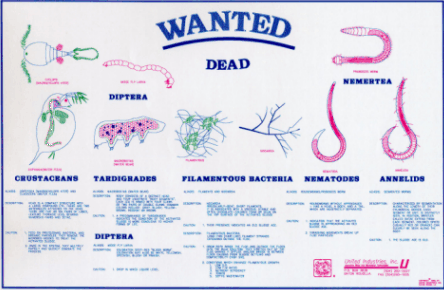
In the classic Monty Python “Dead Parrot” comedy sketch, John Cleese plays an irate pet store customer, who complains to the shopkeeper that he was sold a dead bird.

Although bacterial viability-linked community characterizations are now feasible in many environments and thus are the focus of this critical review, further methods development is needed for complex environmental samples and to more fully capture the diversity of microbes (e.g., eukaryotic microbes and viruses) and metabolic states (e.g., spores) of microbes in natural environments. We describe the compatibility of these viability assessments with high-throughput quantification techniques, including flow cytometry and quantitative PCR (qPCR). In this review, we describe a number of techniques, from microscopy- to molecular-based, that have been used to test for viability (live/dead determination) and/or activity in various contexts, including newer techniques that are compatible with or complementary to downstream nucleic acid sequencing. For example, advances in nucleic acid sequencing technologies and downstream bioinformatic analyses have allowed for high-resolution insight into microbial community composition and metabolic potential, yet we know very little about whether such community DNA sequences represent viable microorganisms. Many of these fields have gone from studying communities on a bulk level to the fine-scale resolution of microbial populations within consortia. Fields such as microbial ecology, environmental health, and medical microbiology each determine how best to assess which members of the microbial community are alive, according to their respective scientific and/or regulatory needs.

While often obvious for macroscopic organisms, determining whether a microbe is dead or alive is fraught with complications.


 0 kommentar(er)
0 kommentar(er)
